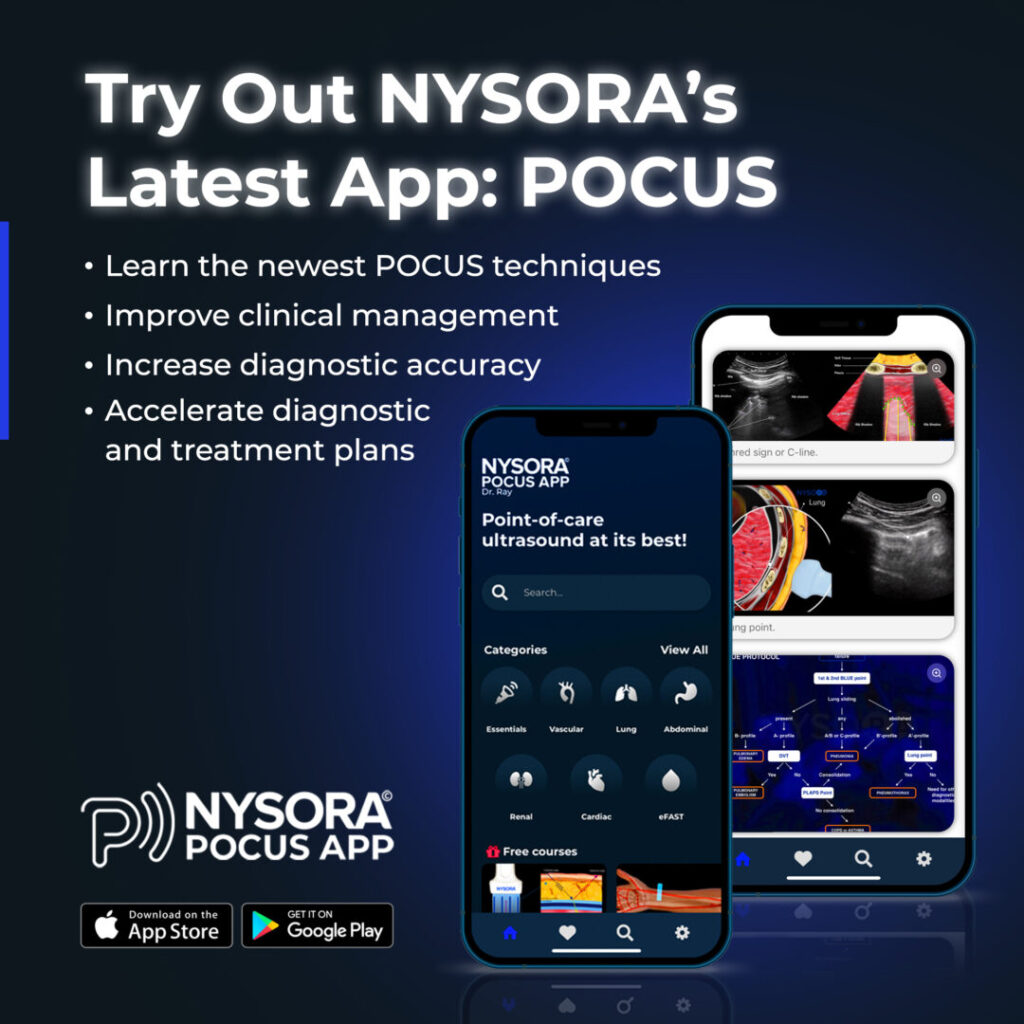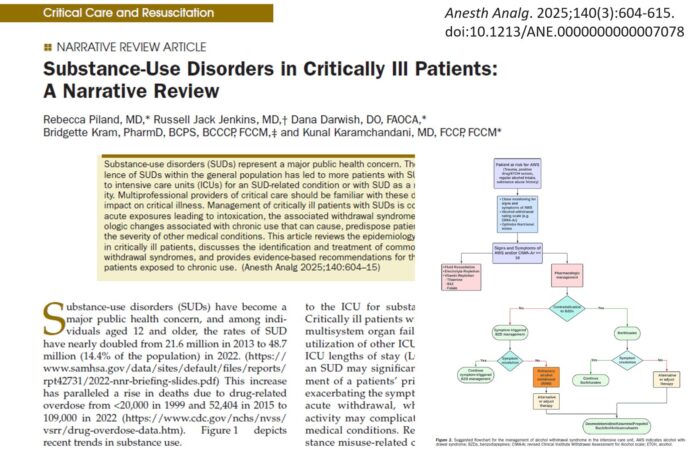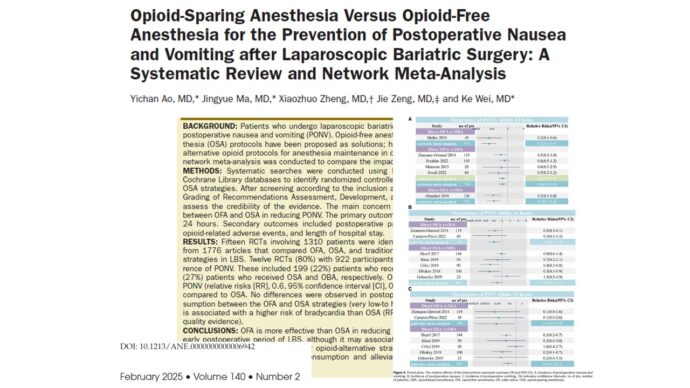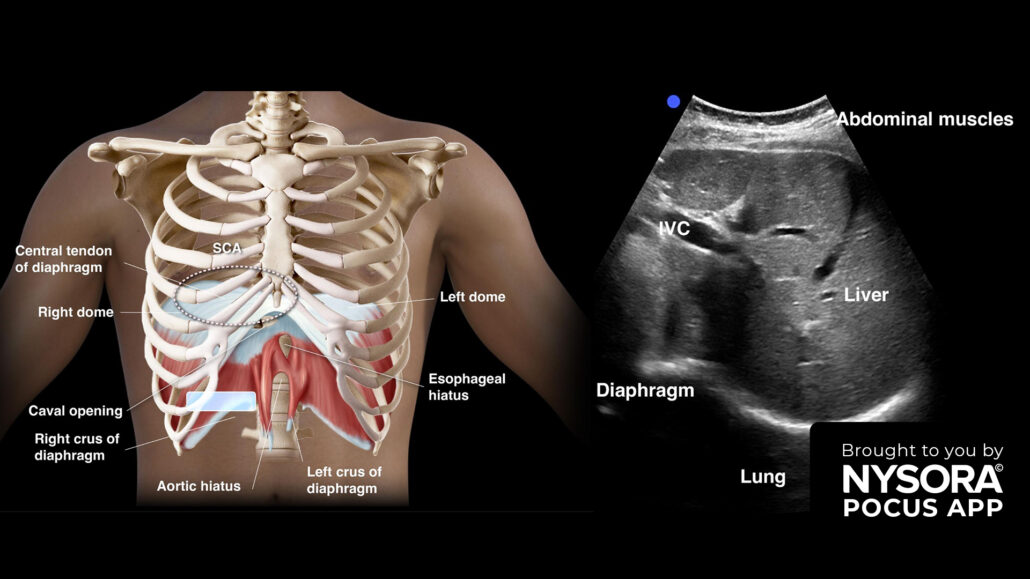
New POCUS course: Diaphragm ultrasound
Diaphragm dysfunction can arise from several causes, but for regional anesthesia practitioners, one of the most well-known is the interscalene block. This block, commonly used for shoulder surgeries, may inadvertently affect the diaphragm, leading to dysfunction on the blocked side. Immediate, non-invasive assessment of diaphragm function is vital for ensuring optimal patient care in these cases.
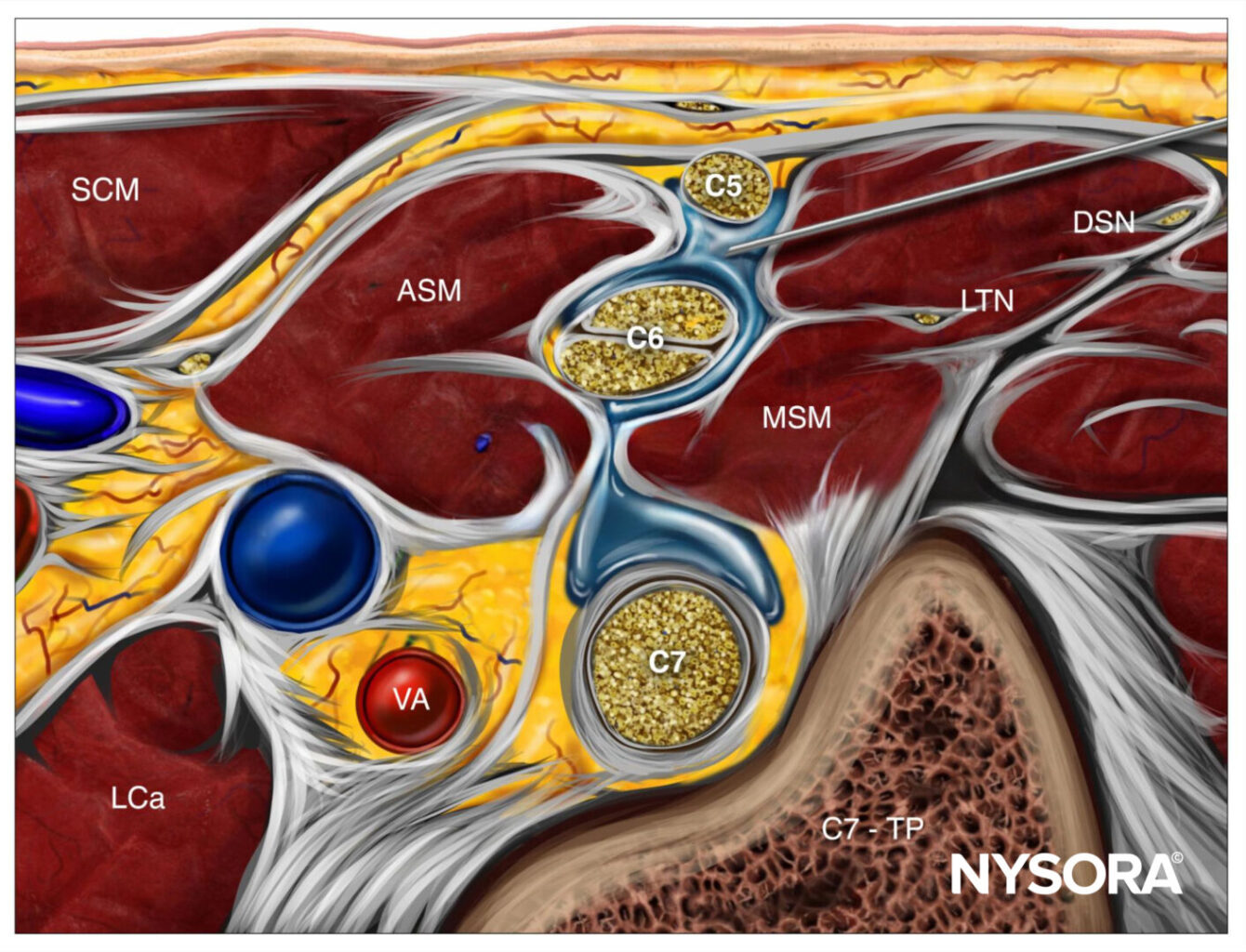
We are excited to announce the launch of our newest course in the Point-of-Care Ultrasound (POCUS) app: Diaphragm Ultrasound. This course is designed to empower healthcare providers with the skills to evaluate diaphragm function at the bedside quickly and accurately.
Course highlights:
- 30+ Original illustrations and animations: Each lesson contains high-quality visuals, enhancing understanding of diaphragm ultrasound techniques.
- Practical learning approach: Step-by-step guides, from machine setup to interpretation, ensure a hands-on experience in diaphragm assessment.
- Non-invasive techniques: Learn non-invasive approaches immediately applicable in clinical settings for evaluating diaphragm function.
This course delivers essential background information alongside practical skills to fully grasp diaphragm anatomy, functionality, and its importance in medical practice. Whether you’re preparing for surgery, monitoring postoperative patients, or managing ventilator weaning in the ICU, this course covers it all.
Why is diaphragm assessment important?
Diaphragm ultrasound is becoming increasingly relevant in various clinical settings due to its non-invasive nature, ease of use, and accuracy. It plays a critical role in:
- Preoperative assessment of patients at risk for phrenic nerve damage.
- Postoperative monitoring after high-risk surgeries, such as cardiothoracic or upper abdominal procedures.
- Critical care, particularly in ventilatory weaning to evaluate diaphragm atrophy or predict difficult weaning.
- Assessing neuromuscular disorders or respiratory diseases that may impact diaphragm function.
Learning objectives
By the end of this course, learners will be able to:
- Understand the anatomy and physiology of the diaphragm.
- Identify key structures in the diaphragm via ultrasound.
- Perform dynamic assessments of diaphragmatic function.
- Recognize abnormal diaphragm ultrasound patterns indicative of dysfunction.
Diaphragm POCUS advantages
- Non-invasive & accurate: Diaphragm ultrasound offers real-time, dynamic assessments of diaphragm movement during the respiratory cycle without requiring invasive procedures.
- Diagnostic sensitivity and specificity: Trained individuals achieve 93% sensitivity and 100% specificity when diagnosing neuromuscular diaphragmatic dysfunction.
- Reproducibility: Studies show intra-observer agreement rates between 87%-99% and interobserver rates of 56%-98%, making this technique reliable.
Table of contents
- Learning objectives
- Indications
- Essential info
- Functional anatomy
- Ultrasound machine setup
- Patient position
- Landmarks
- Transducer position
- Scanning
- Subcostal area
- Zone of apposition
- Interpretation
- Overview
Conclusion
This comprehensive diaphragm ultrasound course in the POCUS app will transform your practice by expanding your diagnostic skills. You’ll be able to assess diaphragm function with confidence, ensuring better patient outcomes, particularly in high-risk, critical care, and surgical settings.
Download the POCUS app now and begin your journey into mastering diaphragm ultrasound!
